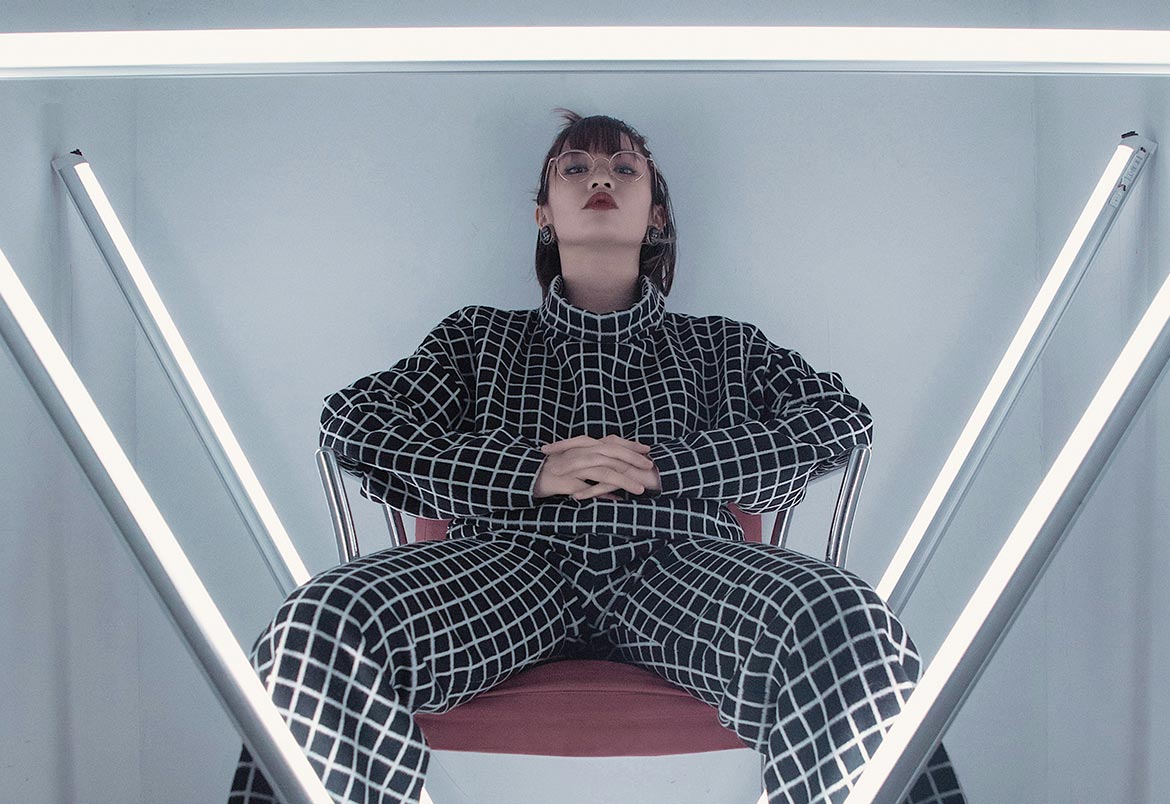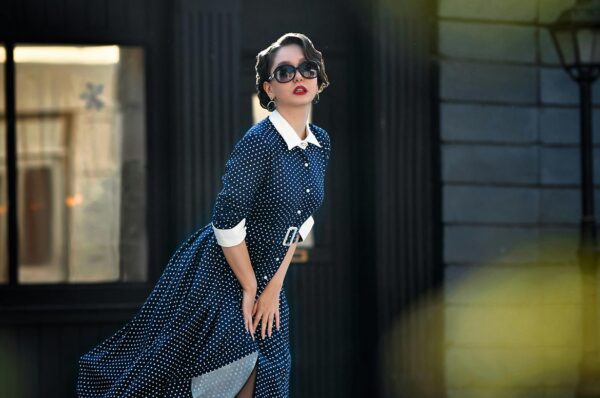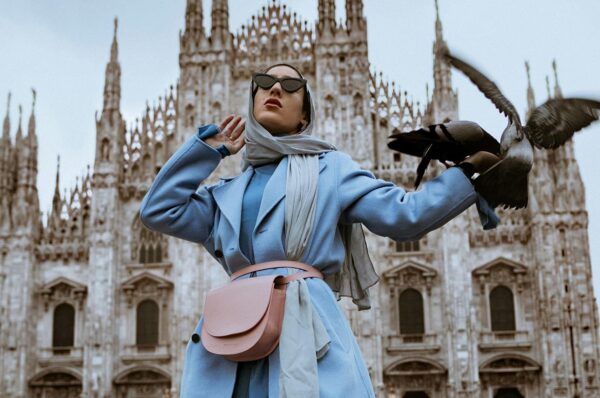Fashion is more than just clothing; it’s an artistic expression, a reflection of society, and a powerful means of communication. It tells stories about who we are, what we believe in, and how we perceive the world around us. In the ever-changing landscape of fashion, trends come and go, but the essence of personal style remains timeless. Let’s take a journey through the intricate world of fashion and its evolving role in shaping culture and identity.
The Evolution of Fashion
Fashion has been intertwined with history for centuries. In ancient civilizations, clothing was a symbol of status and power, often dictated by strict social hierarchies. Whether it was the opulent robes of Roman emperors or the intricately embroidered garments of Chinese dynasties, fashion was a clear marker of one’s place in society.
Fast forward to the Renaissance, where clothing became an elaborate art form. Europe saw an explosion of luxurious fabrics like silk, velvet, and brocade. This era was also defined by extravagance and excess, with the upper class using fashion as a way to showcase their wealth and sophistication.
By the 20th century, fashion had become more democratized. The roaring 1920s introduced the rebellious flapper style, symbolizing freedom and breaking away from restrictive societal norms. The mid-century brought about designers like Coco Chanel and Christian Dior, who revolutionized women’s fashion by introducing iconic silhouettes that continue to influence trends today.
The Rise of Streetwear and Casual Fashion
Today, fashion is a global phenomenon driven by both high-end designers and everyday influencers. One of the most notable shifts in recent decades is the rise of streetwear and casual fashion. Once considered niche and rebellious, streetwear has now become mainstream, blending comfort with a cool aesthetic. Brands like Supreme, Off-White, and Fear of God have spearheaded this movement, redefining luxury and challenging the traditional notion of what “high fashion” means.
Casualwear, including items like stylish sweatshirts, hoodies, and sneakers, has become a staple in everyone’s wardrobe. These items offer a blend of comfort and style, appealing to a wide demographic. Athleisure, a fusion of athletic wear and leisurewear, has also emerged as a dominant trend, highlighting the increasing importance of versatility in fashion.
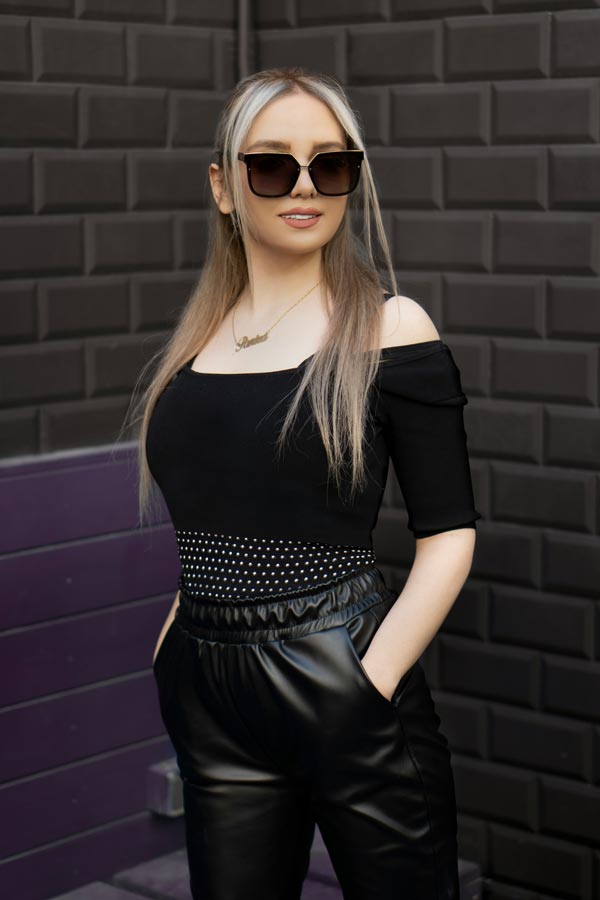
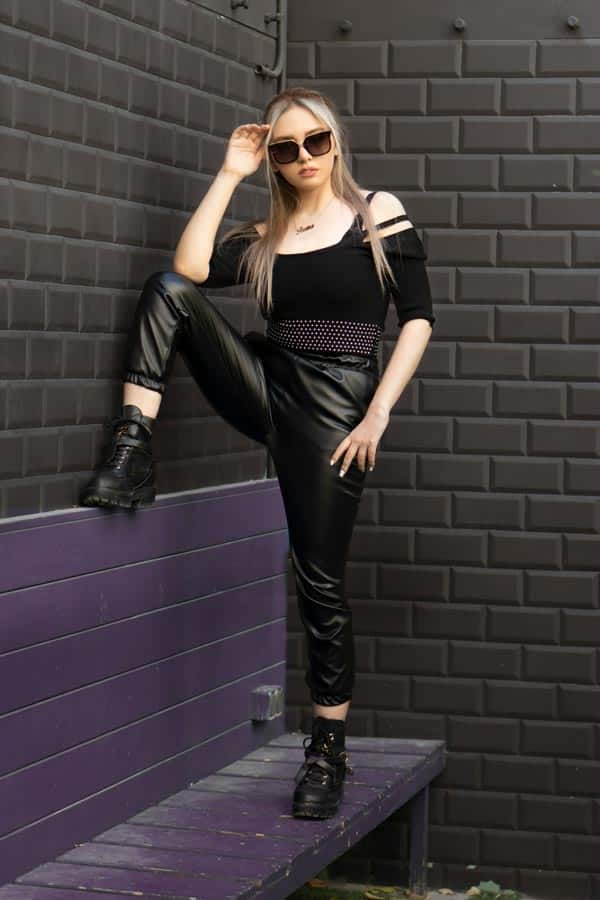
The Digital Era and Fast Fashion
The digital age has transformed the way we interact with fashion. Social media platforms like Instagram, TikTok, and Pinterest have given rise to influencers and trendsetters who dictate what’s hot and what’s not. The immediacy of the internet has also fueled the growth of fast fashion, with brands like Zara, H&M, and Shein constantly churning out new collections to meet the demand for fresh styles.
However, fast fashion has its downsides. The industry is often criticized for its environmental impact, with clothing production being one of the largest contributors to global pollution. This has led to a growing awareness of sustainable fashion, where brands focus on ethical practices, eco-friendly materials, and reducing waste. The push for sustainability has sparked interest in vintage shopping, upcycling, and capsule wardrobes as alternatives to mass-produced clothing.
The Future of Fashion
In the midst of trends and mass production, the true beauty of fashion lies in its ability to serve as a form of self-expression. Personal style goes beyond simply following trends—it’s about wearing what makes you feel confident and authentic. Whether it’s a carefully curated look or an experimental mix of patterns and textures, your fashion choices are a reflection of your personality.
Minimalism, maximalism, bohemian, avant-garde—the spectrum of personal style is vast and ever-changing. In recent years, the blending of genders in fashion has become more prominent, with androgynous styles gaining popularity. Fashion is no longer confined to rigid categories, allowing individuals to explore their identity without limitations.
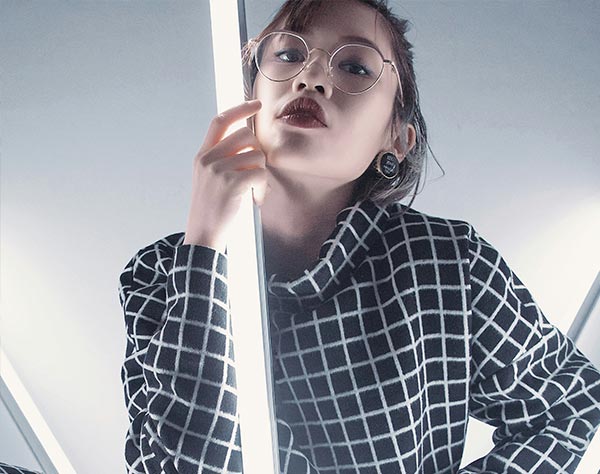
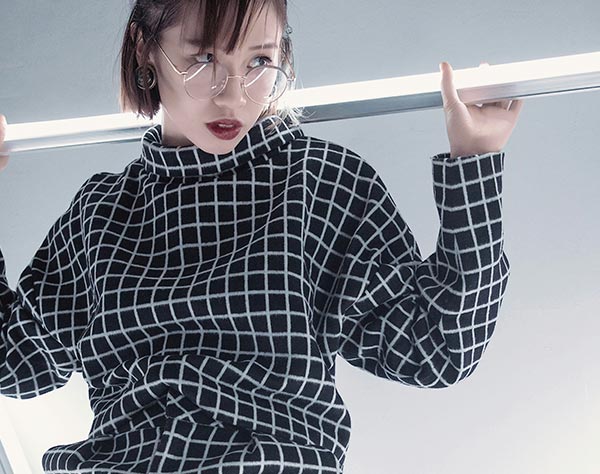
Personal Style and Self-Expression
As we look ahead, the future of fashion promises to be dynamic and inclusive. Technology will continue to play a key role in shaping the industry, with innovations such as 3D printing, virtual fashion shows, and augmented reality shopping experiences gaining traction. Sustainability will remain a central focus as consumers become more conscious of their choices and demand transparency from brands.
Fashion will also continue to be a powerful tool for activism. Movements like body positivity, gender inclusivity, and ethical production practices are pushing the industry to be more inclusive and reflective of diverse voices.
Conclusion
Fashion is a living, breathing entity that evolves with time. It serves as a canvas for personal expression, a reflection of societal values, and an art form that continues to shape culture around the world. Whether it’s through high-end couture or casual streetwear, fashion has the unique ability to empower, inspire, and unite individuals from all walks of life. As we navigate the ever-changing trends, the most important thing is to embrace what feels true to who we are—because, at the end of the day, fashion is ultimately about self-expression.

